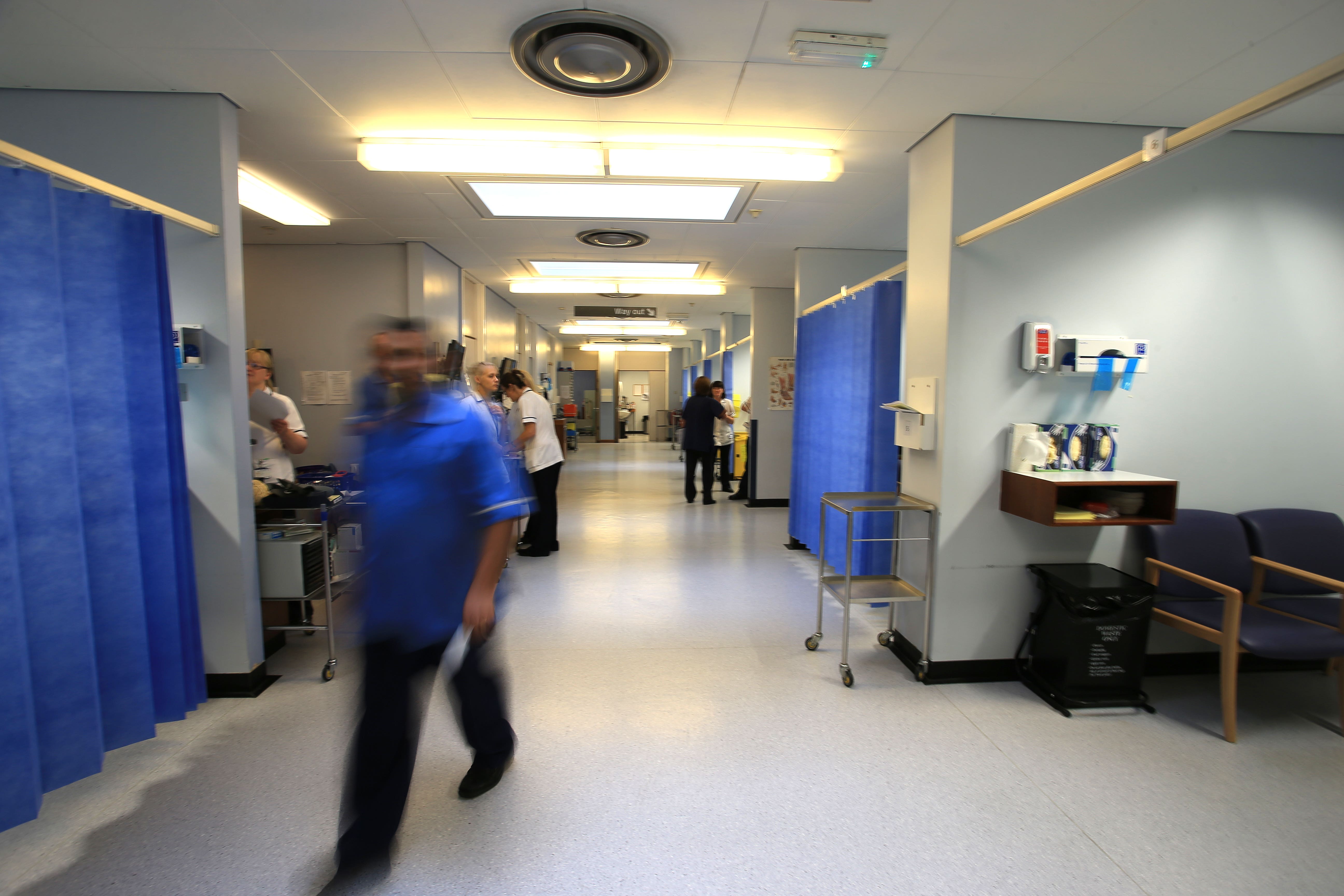Bionic leg helps people with amputation walk naturally – study
The research shows that a natural walking gait is achievable using a prosthetic leg fully driven by the body’s own nervous system.

Your support helps us to tell the story
From reproductive rights to climate change to Big Tech, The Independent is on the ground when the story is developing. Whether it's investigating the financials of Elon Musk's pro-Trump PAC or producing our latest documentary, 'The A Word', which shines a light on the American women fighting for reproductive rights, we know how important it is to parse out the facts from the messaging.
At such a critical moment in US history, we need reporters on the ground. Your donation allows us to keep sending journalists to speak to both sides of the story.
The Independent is trusted by Americans across the entire political spectrum. And unlike many other quality news outlets, we choose not to lock Americans out of our reporting and analysis with paywalls. We believe quality journalism should be available to everyone, paid for by those who can afford it.
Your support makes all the difference.A bionic leg has made it possible for people with below-the-leg amputations to walk more naturally, at a normal speed and walk up and down steps.
The state-of-the-art prosthetic limbs can help people with amputations achieve a natural walking gait, and rely on robotic sensors and controllers that move the limb using algorithms.
In the study, researchers have shown that a natural walking gait is achievable using a prosthetic leg fully driven by the body’s own nervous system.
No-one has been able to show this level of brain control that produces a natural gait, where the human’s nervous system is controlling the movement, not a robotic control algorithm
During the amputation, the surgeon links muscle pairs together within the amputated leg so that when a person moves their phantom limb the natural muscle pairs move and the patient is able to actually feel their phantom limb and its full range of movement.
Researchers took these patients and put electrodes next to each muscle, and measured the electrical pulse to the muscles. A control system then interprets those signals for the control of a robotic prosthesis.
Hugh Herr, of the Massachusetts Institute of Technology (MIT), USA, said: “No previous study was able to show this level of brain control that produces a natural gait where the human nervous system is controlling the movement.”
In a study of seven below-the-knee amputees who had this surgery, the researchers found that they were able to walk faster, avoid obstacles and climb stairs much more naturally than people with a traditional amputation.
Professor Herr, a professor of media arts and sciences, co-director of the K Lisa Yang Centre for Bionics at MIT, an associate member of MIT’s McGovern Institute for Brain Research and the senior author of the new study, said: “No-one has been able to show this level of brain control that produces a natural gait, where the human’s nervous system is controlling the movement, not a robotic control algorithm.”
According to the study, published in Nature Medicine, patients also experienced less pain and less muscle atrophy following this surgery, which is known as the agonist-antagonist myoneural interface (AMI).
So far, about 60 patients around the world have received this type of surgery, which can also be done for people with arm amputations.
“This work represents yet another step in us demonstrating what is possible in terms of restoring function in patients who suffer from severe limb injury,” said Matthew Carty, a surgeon at Brigham and Women’s Hospital and associate professor at Harvard Medical School, who is also an author of the paper.
Enabling nervous system control by the person using the limb is a step toward Prof Herr’s lab’s goal of “rebuilding human bodies,” rather than having people rely on ever more sophisticated robotic controllers and sensors — tools that are powerful but do not feel like part of the user’s body.
He explained: “The problem with that long-term approach is that the user would never feel embodied with their prosthesis.
“They would never view the prosthesis as part of their body, part of self.
“The approach we’re taking is trying to comprehensively connect the brain of the human to the electromechanics.”
Prof Herr, who himself is a double amputee, said he is “absolutely” considering undergoing the procedure himself because it could either work as a new procedure or as a revision technique for older amputations.
The researchers add that the amputation procedure – where instead of natural muscle interactions being severed, the two ends of the muscles are connected so that they still communicate with each other within the residual limb – is already standard procedure in some hospitals, but could become standard procedure more widely.